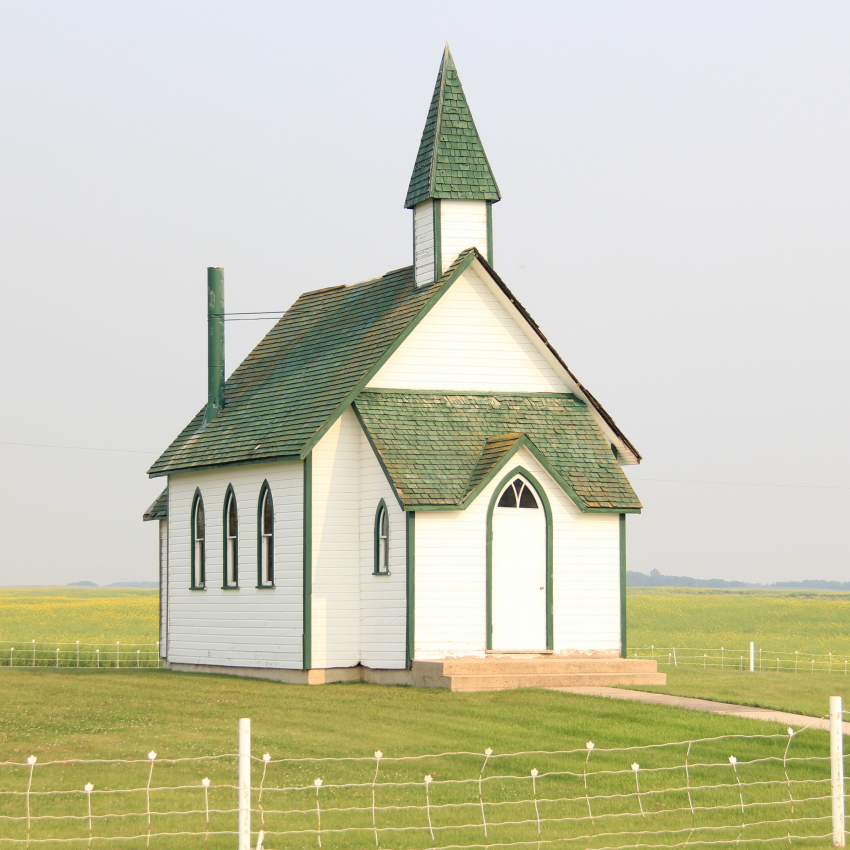
In a 2014 study conducted by the Institute for Church Ministry, researchers found that slightly more than half (53%) of the churches in the NAD had a Sabbath Church service attendance of 50 people or less.
When adding in congregations that have a church service attendance of 100 or less, that figure jumps to 76%! By any standard of measurement, this means that the vast majority of Adventist church members each week are worshiping in a small church atmosphere.

Is this a “good” or “not so good” research finding? What do we make of this result?
The small church phenomenon is not new in the US and Canada across denominations. More than 40 years ago, researchers designated these small churches as “single-cell” congregations. An early author on small churches noted, “The small church can be described as a ‘single-cell’ with one unusually large fellowship group, which includes most of the members, dominating the life of that congregation” (Schaller, 1977).
Researchers observe that unless a church grows beyond this category within the first five years after it is planted, there is almost no probability that it will ever move beyond this dynamic.
With the small church in mind, Christianity Today published a thoughtful essay called “Rethinking Small Churches.” The blog was designed to help church members and church leaders evaluate their own small congregational involvement:
The author asks the following questions to help gage the health of small churches:
- Is your church staying small because you are in a small community, but are still faithfully engaging those around you?
- Is your church staying small because you gather in a transient community, but you are reaching new people?
- Is your church staying small because your facility limits you and instead are using your resources for other things? (Stetzer, 2013)
If you answered “yes” to any of these questions, your small church may be meeting its mission and remains on track as a small congregation. If the answers to all of the questions are “no”, then it might be time to reevaluate what is happening in your church and set some new priorities.
Small churches are clearly the primary meeting place of Adventists in North America. At the same time, the SDA Church leadership must make strategic decisions about the numbers and types of churches its limited resources are able to support.
How can we best maximize the power of the small congregations to further God’s work in our communities?
Please leave your thoughts on small churches and the research findings on church size in the comments section below.
References
Schaller, L. E. (1977, July). Looking at the small church: A frame of reference. The Christian Ministry, July 1977, p. 5.
Stetzer, E. (2013). Rethinking small churches. Christianity Today. Retrieved from https://www.christianitytoday.com/edstetzer/2013/july/rethinking-small-churches-6-questions-to-ask-about-your.html?paging=off
Image from Canva©.
